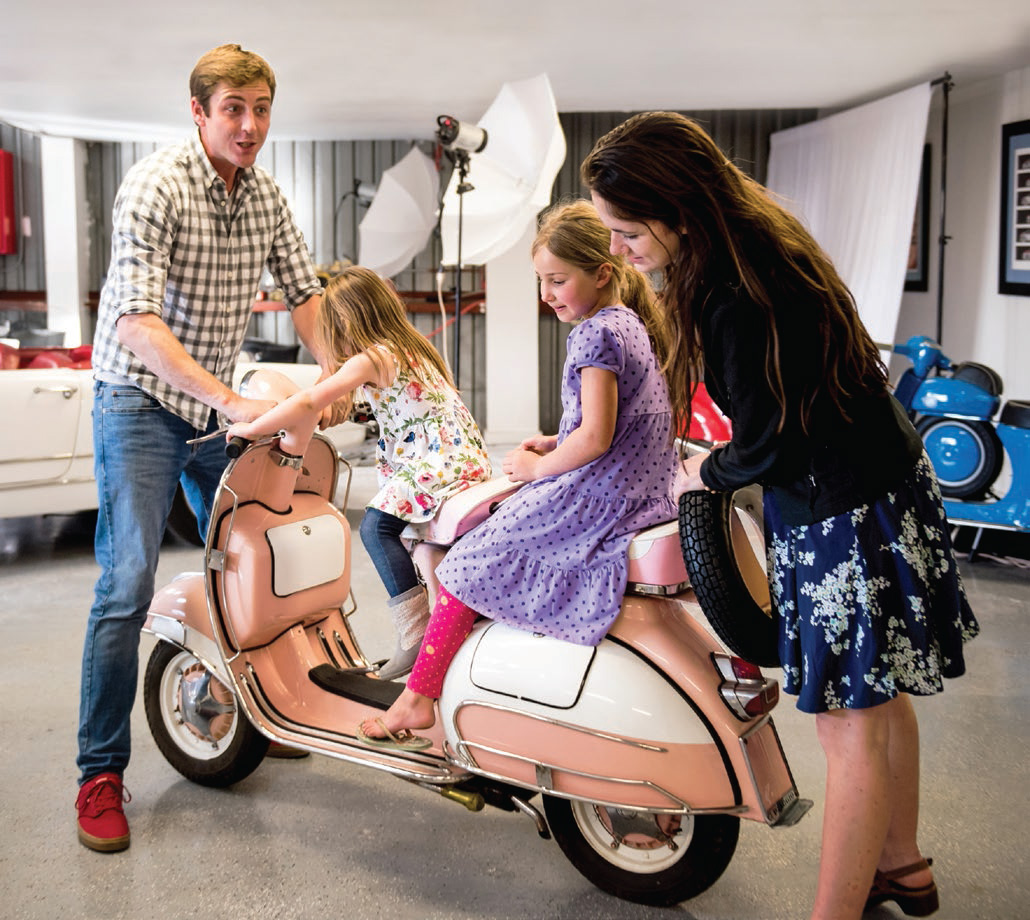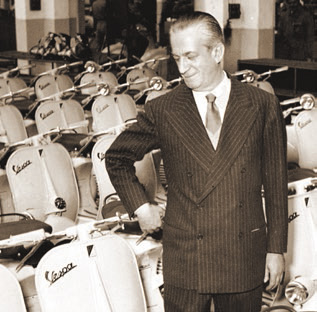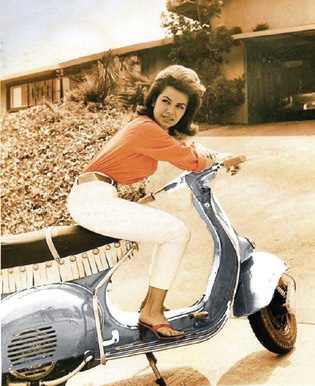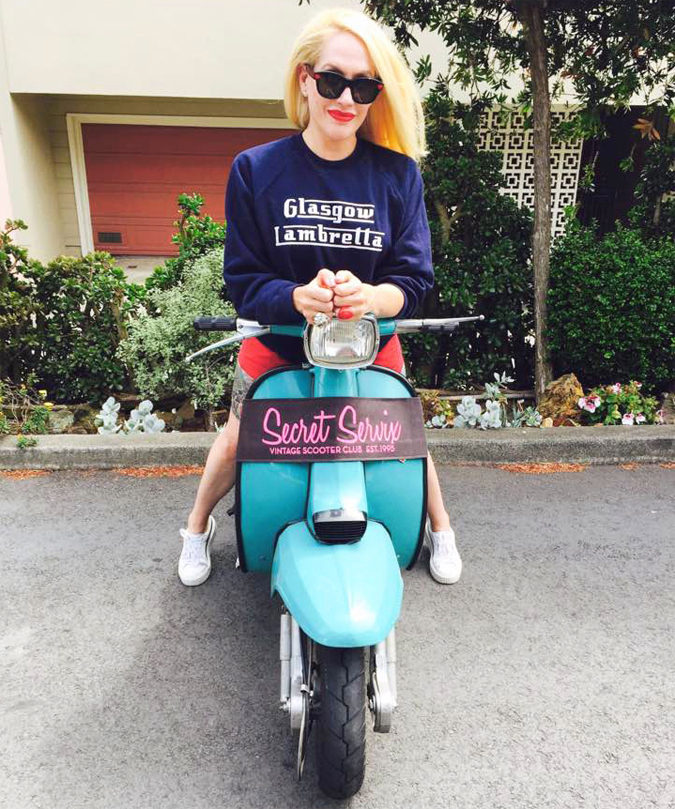Scooters are for Riding - Page 3
 |
Joe Barthlow, a guy who loves vintage everything and lives in an architect designed mid-century modern home in Eugene, Oregon, likes both makes of bikes and appreciates their differences.
"Vespas from the '50s to early '60s had an Art Deco feel—the rounded side panels, the sloping tail light, the shape of the headset, the headlight curves. Like a lot of '50s autos. In the '60s you started seeing more angles," he says.
"My Lambretta has a few more angles on it. It's sleeker and more slim-lined—skinnier than the Vespa."
"The Vespa to me looks like a '40s design in a very attractive way," Llamas says. "But the Lambretta, starting from the series 3, tends to show the Space Age, the jet stream."
As for the ride, Llamas says, "A Lambretta feels a little lower to the ground and a lot more stable, frankly. Vespas are weighted to the rear. It's too easy to pop a wheelie [on a Vespa], even when you don't want to.
 |
"You have to be cautious when you're riding, but the Vespa is fun because it is light. But if I want to go fast, I'd rather have a Lambretta."
Palmer, who owns one of each, says, "I favor the Vespa right now. It's just a very smooth ride. It's like riding on a cloud. The Lambretta is like riding on a chainsaw, a little rougher. Some people like that a little more."
"There are definitely two camps. I always joke that people who don't like Lambrettas are people that have never ridden a Lambretta," says Barthlow.
Today, many owners of vintage scooters work on engine displacement, carburation, and exhaust to boost power. Some say this is needed to keep up with freeway traffic, or even urban traffic.
 |
"A vintage Vespa is a city and two-lane road vehicle," Dean Seven says. "On the freeway, it's…" he pauses, "exciting. You can go about 60. You're the slowest pony on the freeway. And they're not that stable."
Others modify their bikes for fun.
"The main difference in riding, at least how some of us ride them, we're making scooters do things they were never designed to do. They were designed for getting around little towns in Italy at 35 to 45 miles per hour," Llamas says. "We're riding 100 miles at 65 miles per hour."
Riders—some riders—enjoy a bit of danger.
"You've got to be smart," Llamas says. "With a two-stroke engine, there's a risk of it getting too hot, and the piston expanding in the cylinder—not to the point where they're melting together, but where there can be a seizure. So you always have your finger over the clutch to pull it—or the rear wheels will lock up, and probably you're going to crash."
 |
Don't care to share these worries? Then don't soup up your bike, and don't make it do what it was never designed to do, riders note.
Janel Holiday, who was once in a serious crash, says, "I'm very careful where I ride and with whom."
"It still feels carefree to me," she says of riding her scooter, "but I am aware of being on a 250-pound piece of metal."
Many riders, including Jim Palmer and Jason Anderson, stick to stock bikes, and as daily riders they often focus on functional travel—groceries, commutes—and pleasure rides.




